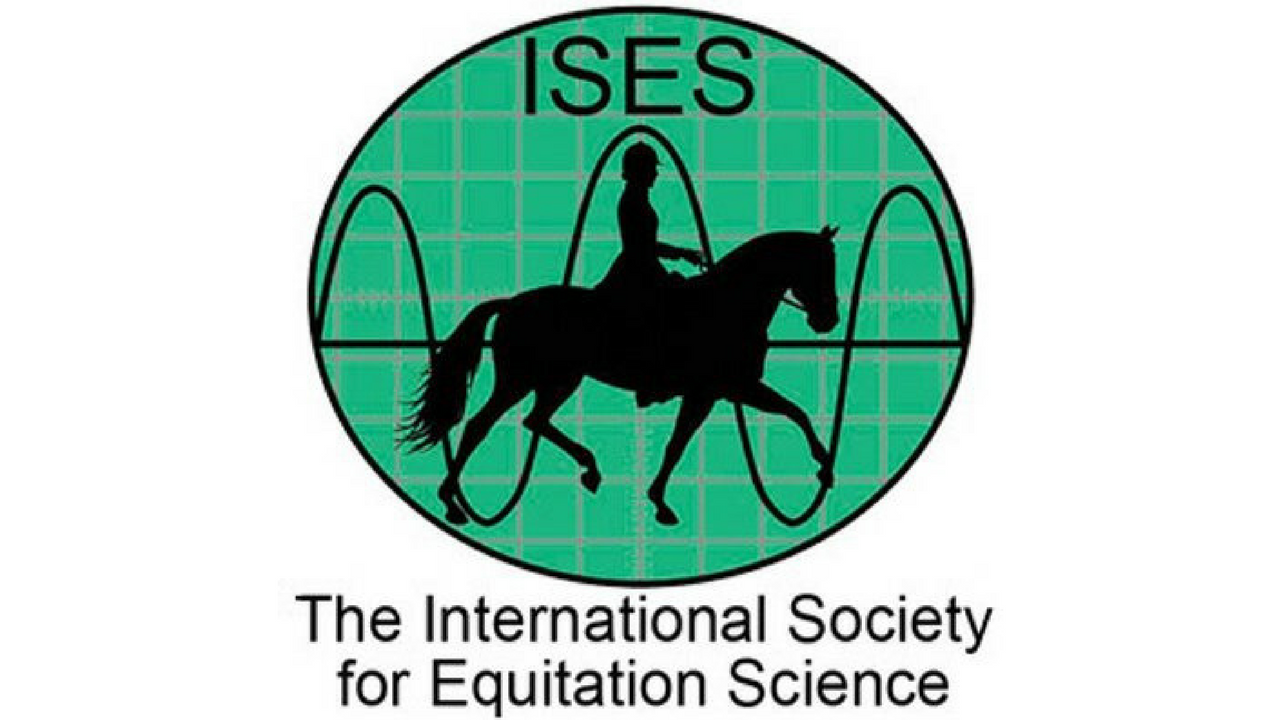
The thing that most attracted me to Equitation Science was its objectivity. It's not a training system itself, but it is a tool by which you can evaluate any other system. We all take pieces of different systems and put them together to form our own. I certainly love discovering new and better ways of training but before I implement anything, I always run it past the International Society for Equitation Science Training Principles and ensure that it meets the standards of each one.
I've done this extensively with the training I learned spending 8 months in Colorado with John and Josh Lyons. There were methods in there I loved and took on board just as they were but many I changed to suit my own purposes. Naturally, training in the USA is going to be more Western-based and my background was Dressage, jumping and polo. This didn't mean that I couldn't use the training, it simply meant adjusting it slightly.
A great example is the Give to the Bit work. Western horses travel with a low head carriage and often the nose behind the vertical (I'm not going to discuss the correctness or otherwise of this right now, it's just a typical example). My dressage horse travels with the poll as the highest point and nose slightly in front of the vertical. What do I do? Simple, I release the pressure when the horse's carriage is where I want it. The release of pressure says to the horse "yes, that's right", wherever that position might be. Once that is established as an automatic response, the same horse can be taught a different posture as well. I have done this with several horses - those that need to compete across disciplines. Horses can easily be taught to carry themselves in one way for dressage and another for Western classes as long as you are clear with your cues and release on the behaviour you are targeting.
Have you ever competed or ridden a horse in two or more very different disciplines? Let me know in the comments.
If you'd like this series delivered directly to your inbox, click here.

